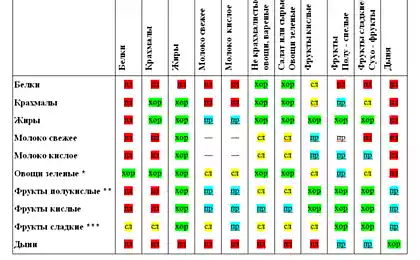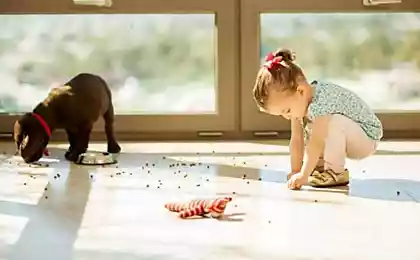181
What to do with fallen food
Imagine coming home after a long day at work or shopping, tired and hungry. There's some butter in the fridge and a couple of pieces of bread on the table. You decide to make yourself a sandwich, put butter on your bread and you're ready to eat it, but the sandwich slips out of your hand and falls to the floor.

DepositPhotos
Perhaps everyone has experienced this disappointment. What do we do? Is there any bread raised from the floor? That's what I'm going to tell you today. "Site".
Once upon a time, the so-called five-second rule was invented, which says that if you quickly lift food off the floor, you can still eat it. It is believed that this rule was invented by the famous cook from America and the host of the culinary show Julia Child. She once dropped a piece of meat on the floor and said that since no one saw it, the guests would not guess.
It’s a beautiful story, but not entirely true. It was actually a pancake that fell on the stove, not on the floor. But the myth was invented, and now many people know about it. The same goes for the five-second rule. Is it true?

In 2003, a Harvard University student conducted a study to test the five-second rule. She interviewed hundreds of people to get their opinion. The results of the study showed that 70% of women and 56% of men believe that fast food can be eaten.
These people were sure that in 5 seconds bacterial They just don’t have time to “run” to eat. It was also found that people are more likely to pick up sweets and cookies from the floor than, for example, cabbage. However, the purpose of the study was not to find out people’s opinions, but to find out whether this rule works.

DepositPhotos
The student and her colleagues took samples from university floors at campus, cafeteria and lab. Analyses have shown that the floors are clean and do not contain harmful bacteria.
This meant that no matter how long the food lay on the floor, it would not become dangerous once the floor was clean.

DepositPhotos
However, this is the result shown by tests with a clean floor. The researchers did not stop and went further. They decided to conduct another experiment: a small amount of E. coli bacteria was applied to the floor. Then food was dropped there. The bacteria were on the food a few seconds later. The five-second rule was rejected.
Studies have also been conducted to find out how many bacteria are transmitted in 5 seconds and whether there is a difference between a food that has been lying on the floor for a few seconds and one that has been lying down for a few minutes. Again, bacteria were applied to the floor, and then food was dropped there.
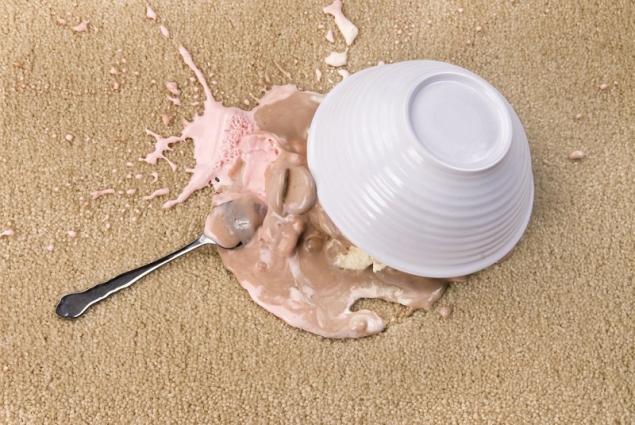
Scientists experimented by putting bread on the floor for 5, 30 and 60 seconds. However, it was determined that the amount of bacteria on the food does not depend on how much it lay on the floor.
But this is not all that the scientists found in the experiment. It turns out that the surface is also important. For example, carpet passed on fewer bacteria to food than tiles and wood. So it doesn't really matter how much food was on the floor, it's more important to pollute the surface and the area of contact with the food. So the five-second rule doesn't work.
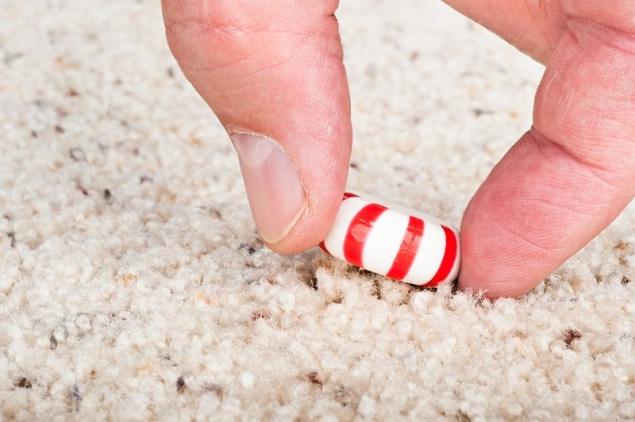
DepositPhotos
Of course, it is very important where exactly the floor on which the food falls is located. If this is your own house, you can judge its cleanliness. But if it's a public place, it's best not to even touch food with your hands, because you don't know what bacteria live there.
Is it possible to eat food that has fallen to the floor? It’s hard to say, it’s like playing Russian roulette. If there are no bacteria on the floor, then even if the food was there for a few minutes, nothing terrible will happen. However, if there are harmful bacteria, the food will be spoiled immediately.
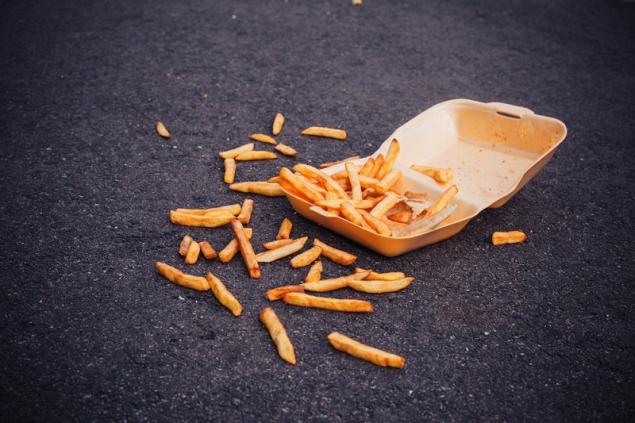
DepositPhotos
Only 0.1% of the bacteria is enough to make a person sick, although the probability that dangerous bacteria are on all surfaces is extremely small. We take more risks when we eat raw food or when we don’t wash our hands. So it's up to you.

DepositPhotos
Of course, you can be lucky and the desired sandwich will not cause any harm, except that it will add extra calories. However, research and common sense say it's best not to take risks and eat it. Take care!
We often deal with questions that many people care about. For example, recently we talked about whether to wash more than once a week. And we talked about an interesting experiment that shows why it is so important to wash your hands before eating.
What do you think about the food that fell? Is it possible? Pick up food on the floor and eat it.? Share your thoughts in the comments.

DepositPhotos
Perhaps everyone has experienced this disappointment. What do we do? Is there any bread raised from the floor? That's what I'm going to tell you today. "Site".
Once upon a time, the so-called five-second rule was invented, which says that if you quickly lift food off the floor, you can still eat it. It is believed that this rule was invented by the famous cook from America and the host of the culinary show Julia Child. She once dropped a piece of meat on the floor and said that since no one saw it, the guests would not guess.
It’s a beautiful story, but not entirely true. It was actually a pancake that fell on the stove, not on the floor. But the myth was invented, and now many people know about it. The same goes for the five-second rule. Is it true?

In 2003, a Harvard University student conducted a study to test the five-second rule. She interviewed hundreds of people to get their opinion. The results of the study showed that 70% of women and 56% of men believe that fast food can be eaten.
These people were sure that in 5 seconds bacterial They just don’t have time to “run” to eat. It was also found that people are more likely to pick up sweets and cookies from the floor than, for example, cabbage. However, the purpose of the study was not to find out people’s opinions, but to find out whether this rule works.

DepositPhotos
The student and her colleagues took samples from university floors at campus, cafeteria and lab. Analyses have shown that the floors are clean and do not contain harmful bacteria.
This meant that no matter how long the food lay on the floor, it would not become dangerous once the floor was clean.

DepositPhotos
However, this is the result shown by tests with a clean floor. The researchers did not stop and went further. They decided to conduct another experiment: a small amount of E. coli bacteria was applied to the floor. Then food was dropped there. The bacteria were on the food a few seconds later. The five-second rule was rejected.
Studies have also been conducted to find out how many bacteria are transmitted in 5 seconds and whether there is a difference between a food that has been lying on the floor for a few seconds and one that has been lying down for a few minutes. Again, bacteria were applied to the floor, and then food was dropped there.

Scientists experimented by putting bread on the floor for 5, 30 and 60 seconds. However, it was determined that the amount of bacteria on the food does not depend on how much it lay on the floor.
But this is not all that the scientists found in the experiment. It turns out that the surface is also important. For example, carpet passed on fewer bacteria to food than tiles and wood. So it doesn't really matter how much food was on the floor, it's more important to pollute the surface and the area of contact with the food. So the five-second rule doesn't work.

DepositPhotos
Of course, it is very important where exactly the floor on which the food falls is located. If this is your own house, you can judge its cleanliness. But if it's a public place, it's best not to even touch food with your hands, because you don't know what bacteria live there.
Is it possible to eat food that has fallen to the floor? It’s hard to say, it’s like playing Russian roulette. If there are no bacteria on the floor, then even if the food was there for a few minutes, nothing terrible will happen. However, if there are harmful bacteria, the food will be spoiled immediately.

DepositPhotos
Only 0.1% of the bacteria is enough to make a person sick, although the probability that dangerous bacteria are on all surfaces is extremely small. We take more risks when we eat raw food or when we don’t wash our hands. So it's up to you.

DepositPhotos
Of course, you can be lucky and the desired sandwich will not cause any harm, except that it will add extra calories. However, research and common sense say it's best not to take risks and eat it. Take care!
We often deal with questions that many people care about. For example, recently we talked about whether to wash more than once a week. And we talked about an interesting experiment that shows why it is so important to wash your hands before eating.
What do you think about the food that fell? Is it possible? Pick up food on the floor and eat it.? Share your thoughts in the comments.








